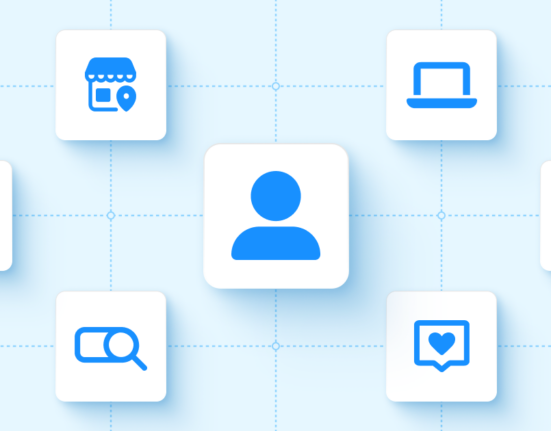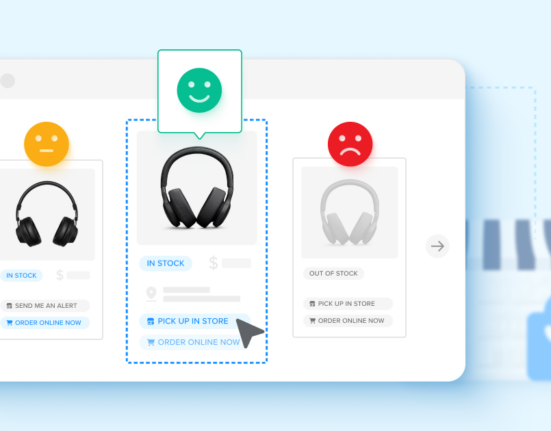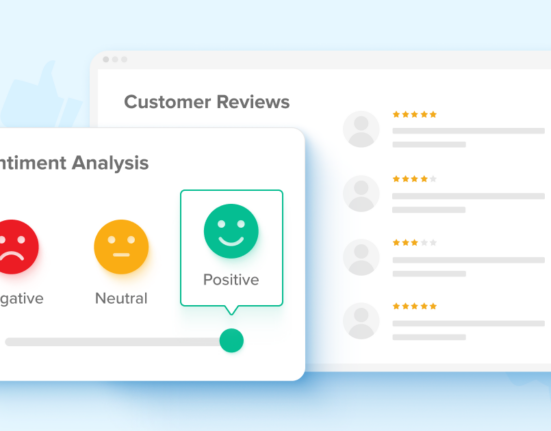How many times have you walked into a store with a list and left with a cart full of last-minute purchases?
We’ve all done it. Whether it’s a fun sale you didn’t know the store was having, or you made the age-old mistake of grocery shopping while hungry, impulsive purchases are a common occurrence for most shoppers. In fact, according to a study done by Invesp, 84 percent of shoppers have made impulse purchases.
What you might not know is that these purchases are usually the result of a well-planned and well-executed impulse purchasing strategy.
As a retailer, creating a strategy that urges shoppers toward making more purchases can be extremely beneficial and lead to more sales and revenue. But why do people make impulse purchases? And how can retailers use this to their advantage?
What Is Impulse Buying?
Essentially, an impulse buy is when a shopper purchases additional items that they didn’t originally intend to buy. Generally, these purchases are unexpected and happen in the heat of the moment.
When shoppers are making impulse buys, they usually don’t spend a lot of time considering the purchase before going through with it. Hence the term “impulse.”
Before the age of internet shopping, these types of purchases were mostly confined to brick-and-mortar stores. Nowadays, shoppers are making impulse purchases in-store and online, with online impulse buying making up 40 percent of all money spent on eCommerce.
However, impulse buying is still more likely to happen in physical stores where shoppers can see and feel the product for themselves before purchasing. Buying in-person also allows for instant gratification which can encourage shoppers to make a buying decision more quickly.
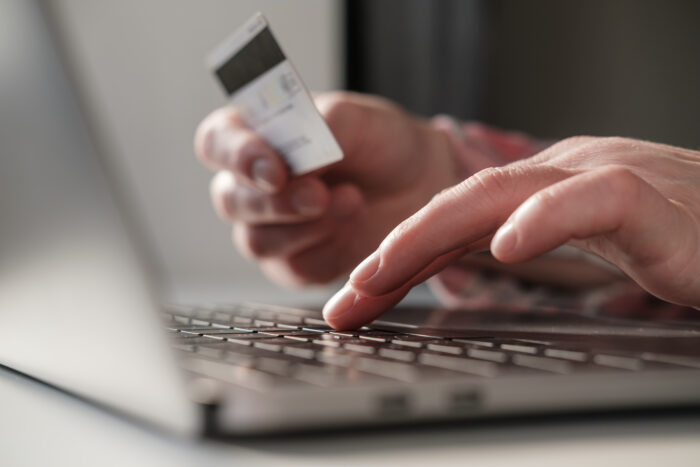
Common Reasons People Make Impulse Purchases
There are many different factors that can influence impulse buying behavior. Here are some examples:
No. 1: Emotional Shopping
Who doesn’t love getting new things?
Purchasing items can trigger a lot of positive emotions for shoppers. As a result, customers may make purchases impulsively rather than waiting and considering their options. Intense emotions like sadness, stress, or even celebrations can drive people to make more purchases.
No. 2: Fear of Missing Out
A common reason for impulse buying is the fear of missing out on a good deal, such as an item that’s on promotion or is limited time only. This sense of urgency causes the shopper to act on the assumption that they’ll miss out if they don’t act now and make an immediate purchase.
No. 3: Decision Fatigue
One of the most common reasons that shoppers make impulse buys is decision fatigue. Shoppers are faced with a long list of decisions as they move about the store, and sometimes it’s easier to make an impulse purchase than spend more time weighing all the options.
The concept of decision fatigue is directly related to stress and tends to be more common in customers who do their shopping after a workday or in the evenings when they’re feeling tired and are more likely to act on impulse.
How to Increase Impulse Buys in Your Stores
If you want to increase the number of impulse buys happening in your store, there are a few things you can do.
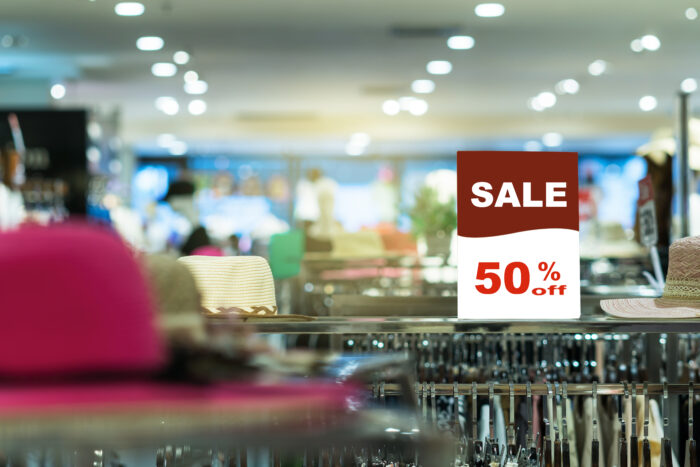
Increase Visibility
The first, and possibly most important, step in your impulse purchasing strategy is making sure your products are getting seen. There are some items that are more likely to be purchased impulsively than others, and this is where you want to make sure you are drawing in extra attention.
One way to make sure shoppers are seeing the products you want them to is with your signage. Shoppers tend to be drawn to products that stand out from the rest. This means original, eye-catching displays that alert shoppers to the product’s location.
Certain colors, like red, are known to be eye-catching and can trigger a higher interest from your shoppers. Consider your color palette when designing your signage and make sure you are creating positive and exciting visuals for your shoppers.
The next step to consider is your product positioning. There are two key locations where you should place products that encourage impulse purchases:
- Near the register, where shoppers are waiting to pay.
- Near best sellers, where shoppers are most likely to be.
Shoppers at these locations have already shown that they’re ready and willing to make a purchase, so the opportunity for additional impulse purchases is higher.
When placing your intended impulse purchase product near best sellers, make sure that these items are complementary or related to the bestselling items. It’s easier to trigger an impulse buy if the shopper can see immediate relevance to the product.
Sales, Discounts, and Deals
Pricing can play a huge role in impulse purchases. If an item is too expensive, or doesn’t seem like a good deal, shoppers will likely pass on purchasing it. The whole idea behind impulse buying is that the items that are purchased can be bought quickly and easily with little harm to the shopper’s wallet.
Related to product placement, one strategy is discounting the product you intend to be purchased impulsively and placing it near similar items that are more expensive. This contrast changes how shoppers perceive the product’s value.
Another strategy is using deals like “Buy Two, Get One” for products you are trying to move more of. Especially if the product is on the pricier side, or is a luxury item, these kinds of deals can motivate shoppers and lead to impulse buying behavior. Customers do not want to miss out on a good deal that might go away soon, and luxury items can feel like more of a “treat.”
One of the most popular pricing strategies is the “Today Only” limited time offer discount. This strategy is another way to make shoppers feel that they have to act quickly, or they will miss out on a good deal.
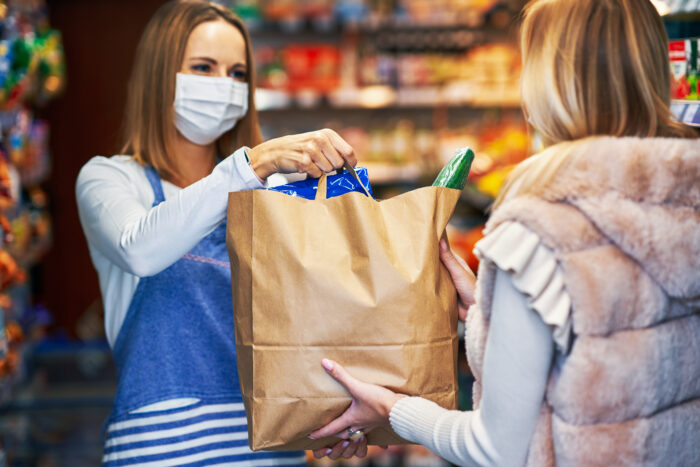
Buy Online, Pickup In-Store
Many shoppers enjoy the option of placing their order online and making a quick stop in-store to pick up their purchase.
At first, this increase in online ordering might seem like opportunities lost for retailers to influence shoppers. But there are still a few ways that stores can push customers toward impulse buying.
- When shoppers purchase from Amazon, they are usually shown a list of “frequently bought together” products. Other retailers can utilize a similar strategy that urges shoppers toward low-cost, useful items that go with the purchase they are already making. These add-ons would be considered impulse purchases.
- When shoppers come in-store to pick up their purchase, be strategic with your signage and product placement in the pickup area. Add-on items and consumables are the most likely products to trigger impulse buying in this area.
- If your shoppers are using curbside pickup, then consider advertising new or limited time deals that require the shopper to come into the store. This is another area where colorful, eye-catching signage is key.
Pricing can play a huge role in impulse purchases. If an item is too expensive, or doesn’t seem like a good deal, shoppers will likely pass on purchasing it.
Leverage Impulse Buying to Boost Business
Just because shoppers don’t put a lot of thought into their impulse purchases, doesn’t mean you shouldn’t. Retailers can’t afford to lose out on the revenue that these purchases provide.
Your signage, product placement, discount strategies, and more are all part of what it takes to create a successful and lucrative impulse purchasing strategy that will boost your sales and revenue in no time.
Visit Wiser.com today to learn more about managing your retail store.









